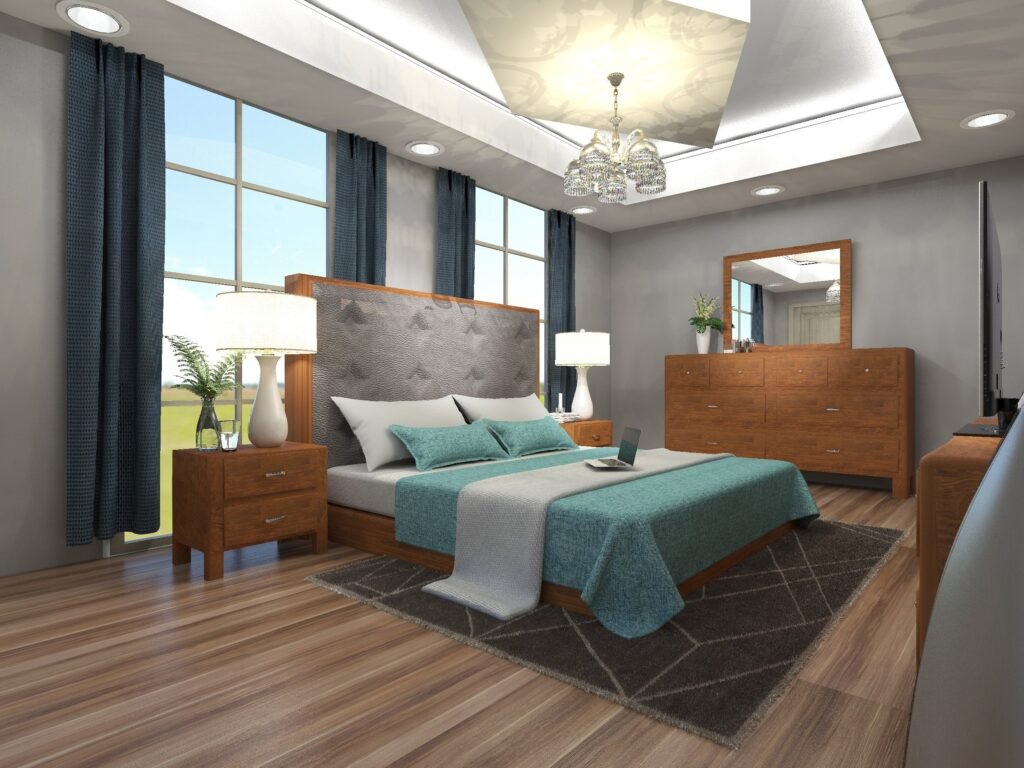Many homes have an attic that sits untouched, gathering dust and old storage boxes. But what if you could unlock the hidden potential of your attic and transform it into a stunning, functional living space? An attic conversion is one of the most creative ways to add square footage, improve Rooms value, and give your house an entirely new dimension without building an addition.
With the right planning, even the smallest attics can become cozy bedrooms, home offices, or unique retreat spaces. Here’s how to approach an attic conversion step-by-step.
1. Check Structural and Building Requirements
Before you start dreaming about skylights and cozy nooks, verify if your attic is suitable for conversion.
- Ensure the ceiling height is sufficient. A minimum of 7 feet over at least half the space is generally recommended.
- Check that the existing floor joists can support the additional weight of a finished room.
- Confirm local building codes, permits, and fire safety requirements, such as proper stair access and egress windows.
Hiring a structural engineer or builder early in the process can help you navigate these essential checks safely.
2. Plan for Proper Insulation and Ventilation
Attics often face extreme temperature swings, making insulation and ventilation crucial for year-round comfort.
- Install high-quality insulation in the roof and walls to maintain a stable indoor climate.
- Ensure proper ventilation to prevent moisture build-up, which can lead to mould or wood rot.
- Consider adding roof vents, ridge vents, or even a small HVAC system extension to keep the attic comfortable.
Good insulation will not only make the space livable but will also improve your home’s overall energy efficiency.
3. Maximize Natural Light
Since attics often have limited windows, bringing in natural light is key to making the space feel open and welcoming.
- Install skylights or roof windows to flood the space with sunlight.
- Dormer windows can add both light and valuable headroom.
- Consider light-coloured walls and ceilings to enhance the brightness and sense of space.
Natural light will make your attic feel far less like an enclosed storage space and more like an airy retreat.

4. Create Smart Storage Solutions
The sloped ceilings and irregular walls of attics make traditional furniture placement tricky, but they also provide opportunities for custom storage.
- Build low-profile shelves and cabinets into knee walls.
- Use drawers or built-in seating under sloped ceilings.
- Maximize vertical storage in areas where the ceiling height is greatest.
By designing storage specifically for the unique angles of the attic, you can keep the space functional and clutter-free.
5. Design Purpose-Driven Spaces
What you do with your attic depends on your needs, but popular conversion ideas include:
- A cozy bedroom or guest suite with custom lighting and storage.
- A quiet home office away from the hustle and bustle of the main living areas.
- A creative studio or reading nook filled with natural light.
- A playroom or teen retreat that feels private and fun.
Tailor your attic design to suit your lifestyle, making it an extension of your home that you’ll actually use.
6. Add Comfortable Flooring
Attic floors may need reinforcement before you install flooring materials.
- Carpet or padded vinyl is ideal for reducing sound transfer between levels.
- Engineered wood or laminate can provide a stylish, finished look while being lightweight enough for attic use.
Adding sound insulation between the attic floor and the rooms below can make the new space feel more peaceful and private.
7. Focus on Safe and Stylish Stair Access
Easy and safe access is essential.
- A full staircase is ideal, but you may need to adjust the layout to accommodate the required headroom.
- Spiral staircases can be a space-saving solution, but check if they meet local safety codes.
- Ensure staircases are well-lit and have proper handrails.
A safe, inviting staircase will make your attic feel like a natural part of the home rather than an afterthought.
An attic conversion can dramatically increase your home’s livable space without the cost of a full extension. With smart design choices, thoughtful storage, and attention to comfort, you can turn this underused space into a beautiful, functional room that adds lasting value.
Whether you envision a peaceful home office, an extra bedroom, or a light-filled retreat, your attic has the potential to become one of your home’s most special spaces.


































